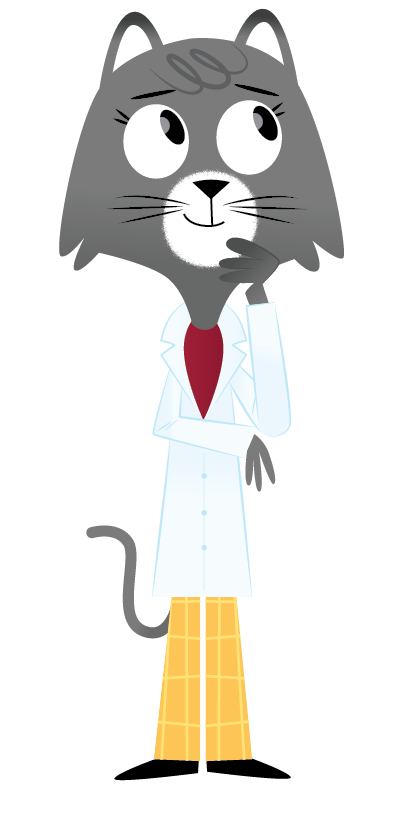If an animal has poison inside them, how are they not affected by their own poison? – Jad, 10, Georgia
melissamayerDear Jad,
From jellyfish to snakes to spiders, lots of animals use poison or venom. It helps them catch prey and defend themselves. Even the platypus and one very spicy primate called the slow loris use venom.
I talked about your question with my friend Blair Perry. He’s a biologist at Washington State University. He’s also a snake expert.
Perry told me the difference between poison and venom. They’re both toxic mixes of mostly proteins. But they get into your body in different ways. Poison is eaten, breathed in or absorbed through the skin. Venom is injected through a bite or sting.
Read More ...